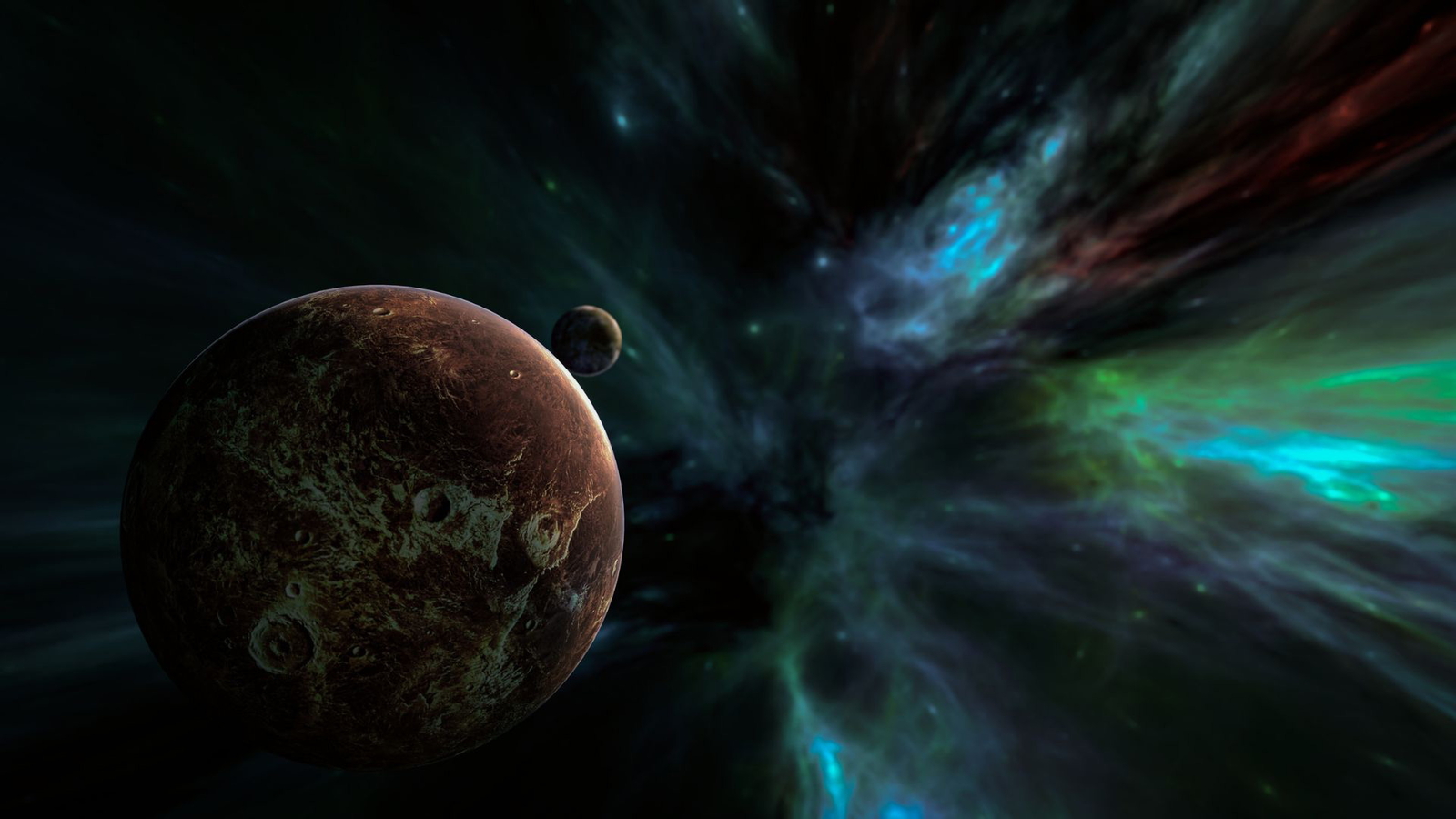Overview
Using public JWST/NIRSpec and JWST/NIRCam observations from the public CEERS and JADES surveys, we analyze the star-forming main sequence (SFMS) over the redshift range 1.4 ≤ z < 7. We calculate the star formation rates (SFRs) of the galaxy sample using their Balmer line luminosities and UV luminosities. We find a larger degree of scatter about the SFMS using the Balmer-based SFRs compared to the UV-based SFRs, consistent with the idea that star formation histories (SFHs) are bursty on short (~5-10 Myr) timescales. We additionally compare the Hα-to-UV luminosity ratio (L(Hα)/ν L ν,1600) for individual galaxies in the sample and find that 29%–52% of the ratios across the sample are poorly described by predictions from a smooth SFH. Finally, I will present preliminary work analyzing an expanded sample with JADES DR3 and the AURORA program, shedding light on how the SFMS scatter may depend on stellar mass and/or redshift.
